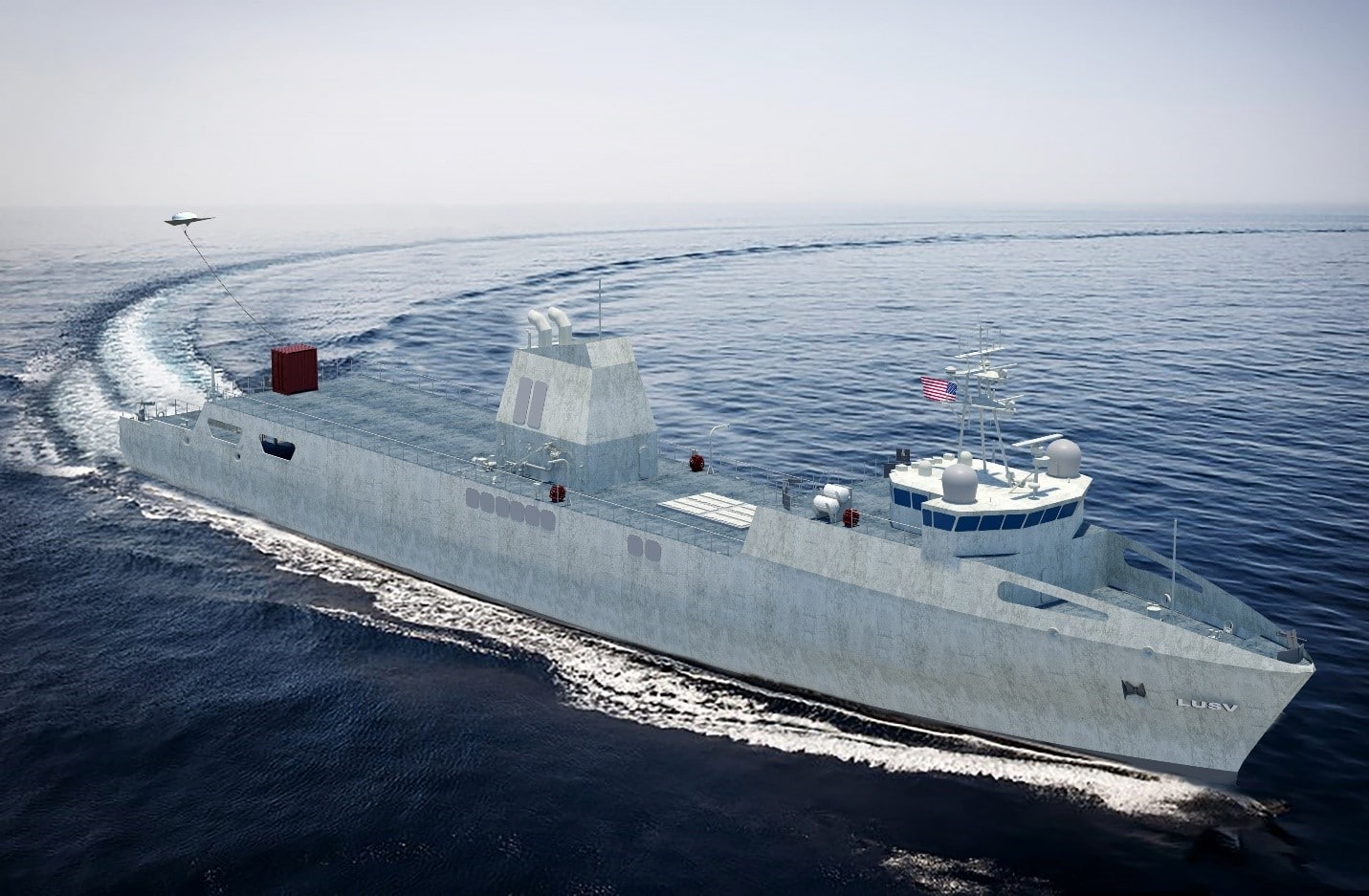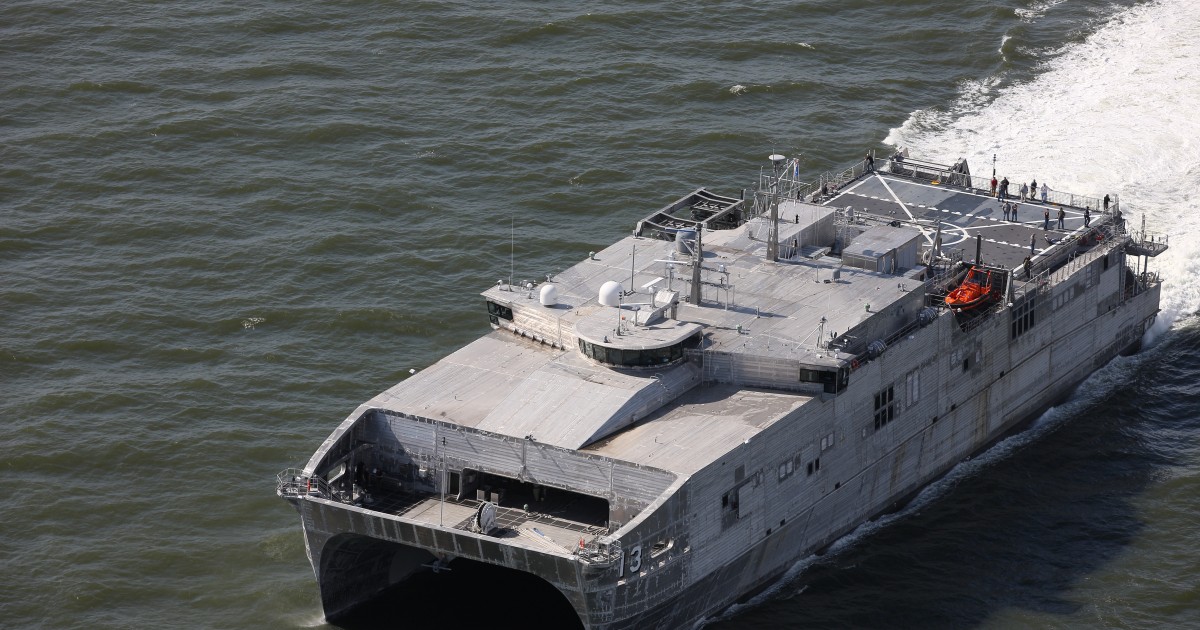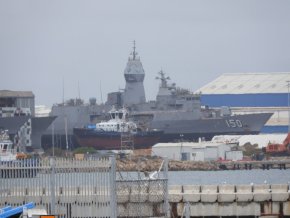USN LUSV
USN Ghost Fleet Program
Vanguard
I've been trawling the internet for information on the USN autonomous fleet (had some time on my hands where I could either mow the lawn or procrastinate, guess which option won out).
The above are a couple of useful articles that provide an overview of the USN autonomous fleet plan. They call our LOSCV a LUSV (unmmanned rather than optionally manned in the acronym, but not much easier to pronounce). It's intended to be about 60-90 metres and 1,00-2,000 tonnes, so much the same size as an Arafura. It would hold 16-32 launchers for land attack (Tomahawk) and anti ship (NSM), so not necessarily all VLS. It would cost in the order of $250m US ($380 AUS) per platform.
The machinery is intended to last 30-60 days without intervention, and I've seen somewhere else (sorry can't find the article) that Caterpillar have been trialling their 3512/3516 diesel engines to achieve this standard (and they can).
The USN have several vessels already trialling autonomous technology, with two notables being the Ranger and Mariner (converted offshore supply ships), and these are already tagging along with task groups. They are fitted with the virtual Aegis system and Ranger recently demonstrated an SM6 remote missile firing.
Vanguard (an Austal USA build) was launched this year as the first purpose built LUSV and is the newest addition. It is starting to look like what an actual LUSV might be. Forward budget funding estimates show the USN getting about half a dozen of these over the next 3-5 years, so expect some rapid maturation of the technology.
Their first unmanned effort was Sea Hunter, which I think came to Sydney recently. It has a sister ship the Sea Hawk. Both are about 30 metres in length and 150 tonnes. Both have travelled the high seas by themselves. In addition to pioneering long distance remote operation, these are aparently being used to test their capability for submarine tracking and detection. Consider these small surveillance craft that could be used along with the LUSV for intelligence gathering and enemy spotting. They call them MUSVs (medium rather than large in the acronym, bonous points for creativity).
The LUSV is not much more than a powered barge, with a basic navigation package and an Aegis/CEC link. It would be designed to American classification society (so civilian) standards. I would suggest in a conflict it becomes disposable if hit (provided there is no crew of course). They are intentionally small such that the loss of a single vessel is not impactful, very different from the arsenal ship concept.
Consider 3 of these LUSVs holding about 100 missiles between them as a group attached to say a Burke. This doubles the Burke's firepower for a about a third of the cost of a Burke (they cost approx $2B US), and for no additional head count. Alternatively it makes a Constellation about as powerful as a Burke. This is, I will suggest, the new principle of distributed lethality.
The broader picture for the USN is to have upwards of 30-50% of their fleet autonomous and uncrewed by about 2050. They recognise that they can't build and staff warships at the rate that will be needed for the future, and the community acceptance of casualties is decreasing.
So the idea of a Hunter having a single tag along LOSCV is the start of a longer conversion to autonomous warships. I would foresee that the next fleet (so ships built in the late 2040s and 50s) will be built on this technology.
A future state (beyond 2040) might be to have a Hunter (or replacement platform) with a fleet of several LUSVs for missile loading and several more MUSVs out on the perimeter for over the horizon surveilance. In this concept, the Hunter becomes more the quarterback as the sensor, data analyser and firing authoriser, plus the mothership for all the small vessels.
Notably, under this model, the number of missiles on the actual Hunter (or replacement) platform becomes less important. It really only needs to hold its own local defence needs. It's an interesting twist to the current concerns with her capability.




